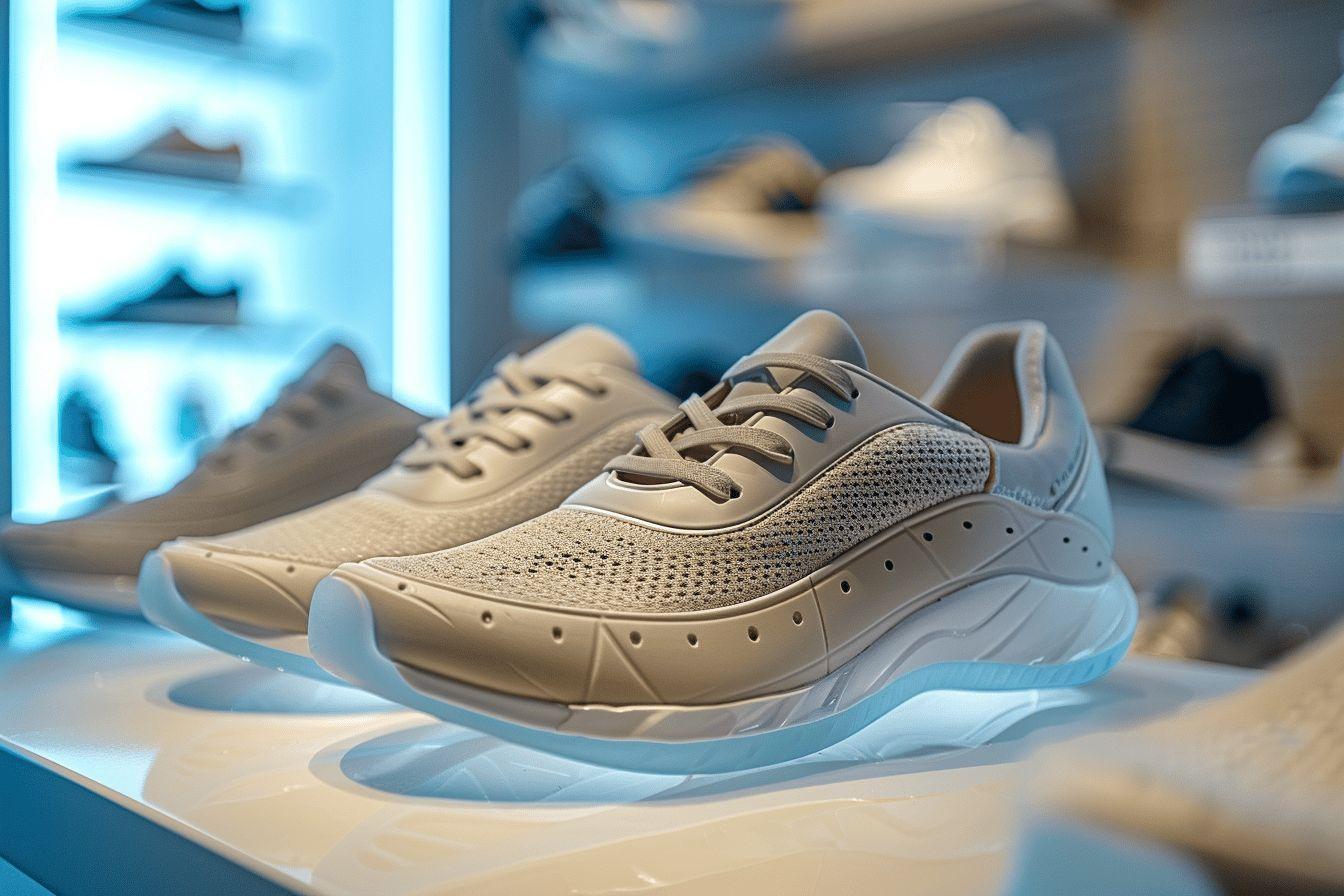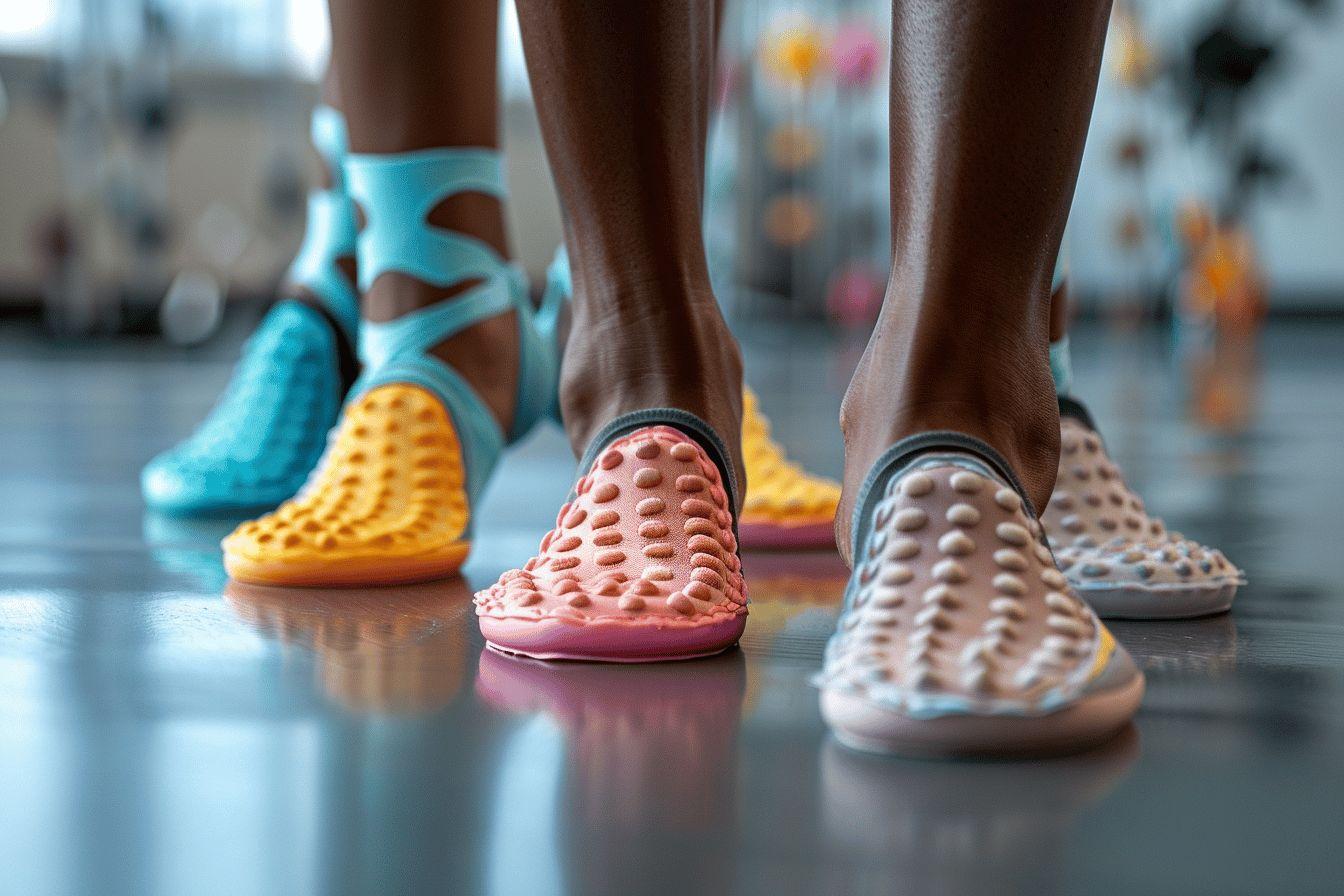Summary
Arch support shoe inserts can transform foot comfort and resolve pain through proper biomechanical support.
- Effective pain relief - Quality inserts distribute pressure evenly, reducing strain and preventing conditions like plantar fasciitis.
- Diverse options available - From rigid orthotic devices to cushioned supports, each type addresses specific foot needs.
- Proper fit matters - Consider your footwear type, remove factory insoles, and allow for a gradual break-in period.
- Maintenance required - Regular cleaning, nightly removal, and replacement every 6-12 months ensures optimal performance.
Finding the right arch support shoe inserts can transform your daily comfort and alleviate persistent foot pain. Whether you're standing all day at work, dealing with plantar fasciitis, or simply seeking better foot alignment, quality insoles make a significant difference. Let's explore how these supportive additions can enhance your footwear and improve your overall foot health.
How arch support inserts relieve foot pain
Foot pain often stems from inadequate arch support in standard footwear. Properly designed arch support inserts distribute pressure evenly across your foot, reducing strain on overworked areas. This balanced weight distribution helps prevent conditions like plantar fasciitis from developing or worsening.
When your arches lack proper support, your feet may flatten excessively during walking or standing. This overpronation stretches the plantar fascia—the thick band of tissue connecting your heel to toes—potentially causing inflammation and pain. Many people experiencing symptoms of plantar fasciitis find relief through appropriate arch supports.
Quality inserts work by:
- Stabilizing the foot in its optimal position
- Reducing excessive motion during activity
- Cushioning impact forces when walking or running
- Supporting the medial longitudinal arch
- Promoting proper biomechanical alignment
The American Podiatric Medical Association recommends arch supports for numerous foot conditions. Medical-grade orthotic inserts provide targeted therapy for specific issues, while over-the-counter options offer general support for everyday comfort.
Recent studies show that 74% of people experiencing foot pain reported significant improvement after using arch support inserts for just two weeks. This non-invasive approach often serves as an effective treatment for plantar fasciitis and similar conditions before more aggressive interventions become necessary.

Types of arch support inserts for different needs
Not all arch supports are created equal. Different foot types and conditions require specific support features. Understanding the varieties available helps you select the optimal insert for your unique needs.
| Insert Type | Best For | Key Features |
|---|---|---|
| Rigid Orthotic Devices | High arches, severe overpronation | Firm support, maximum correction, typically custom-made |
| Semi-Rigid Supports | Athletes, moderate arch issues | Balance of flexibility and support, often with foam and plastic components |
| Cushioned Arch Supports | Mild arch pain, everyday comfort | Soft materials, shock absorption, general support |
| Heel Cups | Heel pain, plantar fasciitis | Focused heel support, stabilizes rear foot |
Semi-rigid arch supports provide an excellent balance for most users, offering sufficient structure while maintaining comfort. These inserts typically feature a supportive core with cushioning layers for comfort.
For those with plantar fasciitis, combining daytime arch supports with night splints for plantar fasciitis often accelerates healing by maintaining proper foot position around the clock.
Materials matter significantly in arch support effectiveness. High-density foams maintain support longer than softer materials, while gel components provide exceptional shock absorption. Premium inserts often combine multiple materials for optimal performance and durability.
Finding the perfect fit for your footwear
Selecting the right size and style ensures your arch supports function properly. An improperly fitted insert can create new problems instead of solving existing ones.
Start by considering your typical footwear. Athletic shoes generally accommodate full-length inserts easily, while dress shoes may require slimmer, three-quarter length options. Removable factory insoles should be taken out before installing new arch supports to prevent crowding your shoes.
When measuring for inserts, stand on a piece of paper and trace your foot's outline. Measure from heel to toe for length and across the widest part for width. Most manufacturers provide sizing guides that correlate with these measurements.
The break-in period varies depending on the insert's rigidity. Start by wearing your new supports for 2-3 hours daily, gradually increasing duration as your feet adjust. Some mild discomfort during adaptation is normal, but persistent pain indicates poor fit or inappropriate support level.
Many podiatrists recommend replacing arch supports every 6-12 months with regular use. Signs of deterioration include visible compression, cracking, or decreased pain relief. Quality inserts maintain their supportive properties longer than budget options, often proving more economical over time.
As your foot condition improves with proper support, you may notice several indicators of plantar fasciitis recovery, including reduced morning pain and improved mobility.
Caring for your arch support inserts
Proper maintenance extends insert lifespan and preserves hygienic conditions. Follow these numbered steps for optimal care:
- Remove inserts nightly to allow moisture evaporation
- Wipe with mild soap and water monthly (or more with heavy use)
- Air dry completely before returning to shoes
- Avoid direct heat exposure which can warp materials
- Inspect regularly for signs of wear or damage
Antimicrobial treatments help prevent odor development in frequently worn inserts. Some premium options include these treatments by default, while spray applications can enhance basic models.
Maximizing benefits from your arch support investment
Arch supports work best as part of a comprehensive foot care approach. Complementary strategies enhance their effectiveness and promote overall foot health.
Regular stretching exercises target tight tissues contributing to foot pain. Focus on calf muscles, Achilles tendons, and plantar fascia to maintain flexibility. Even five minutes of gentle stretching before rising in the morning can significantly reduce discomfort.
Footwear selection remains crucial even with quality inserts. Shoes with rigid soles and adequate depth accommodate inserts better and provide additional support. Avoid completely flat shoes and those with minimal structure, which undermine arch support benefits.
Gradually increasing physical activity allows your body to adapt to improved foot alignment. Many users report enhanced exercise tolerance and reduced post-activity soreness after incorporating proper arch supports into their footwear.
Remember that significant foot pain warrants professional evaluation. While quality arch support inserts address many common issues, persistent problems may require customized orthotic solutions or additional treatments from podiatric specialists.




Leave a comment
This site is protected by hCaptcha and the hCaptcha Privacy Policy and Terms of Service apply.